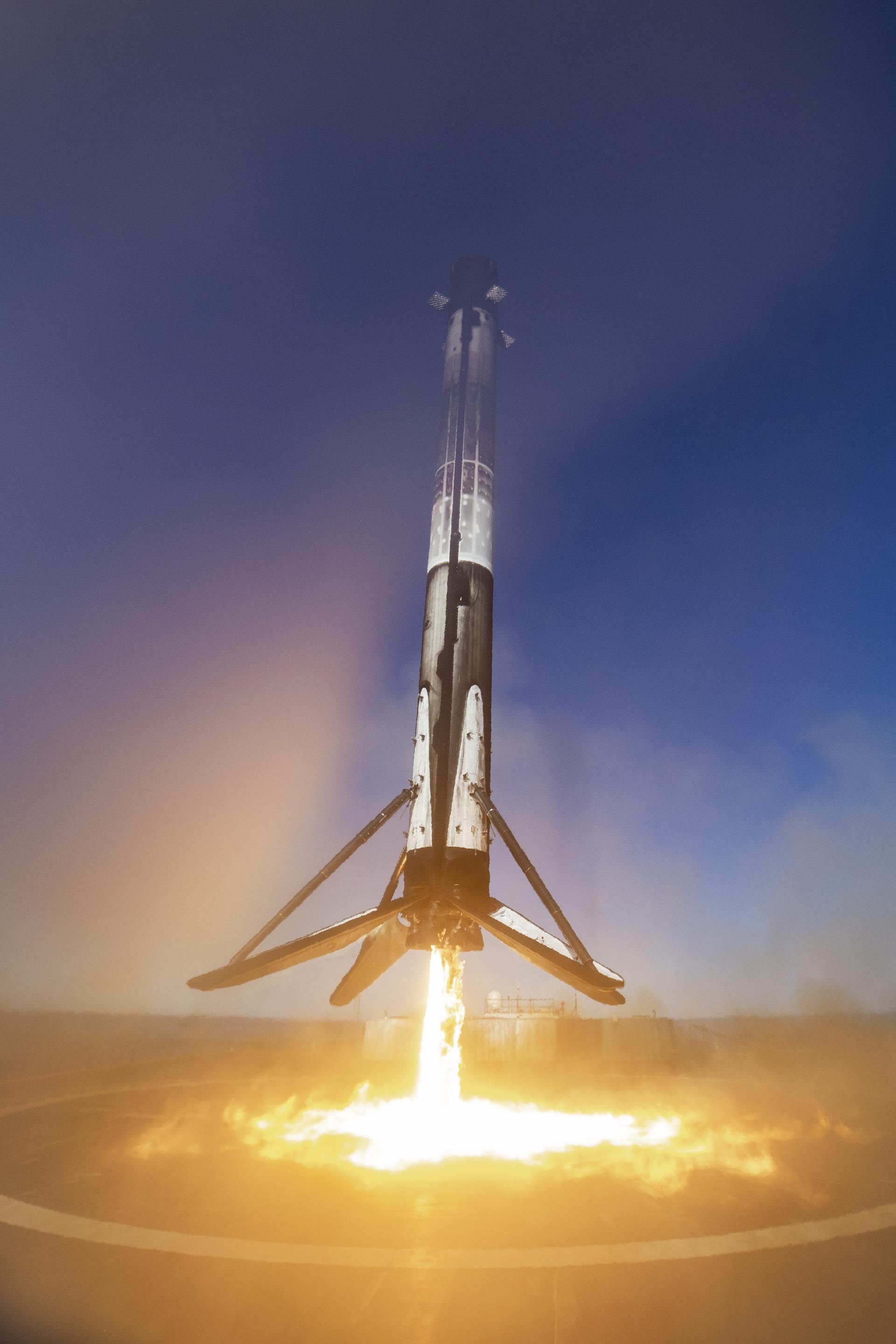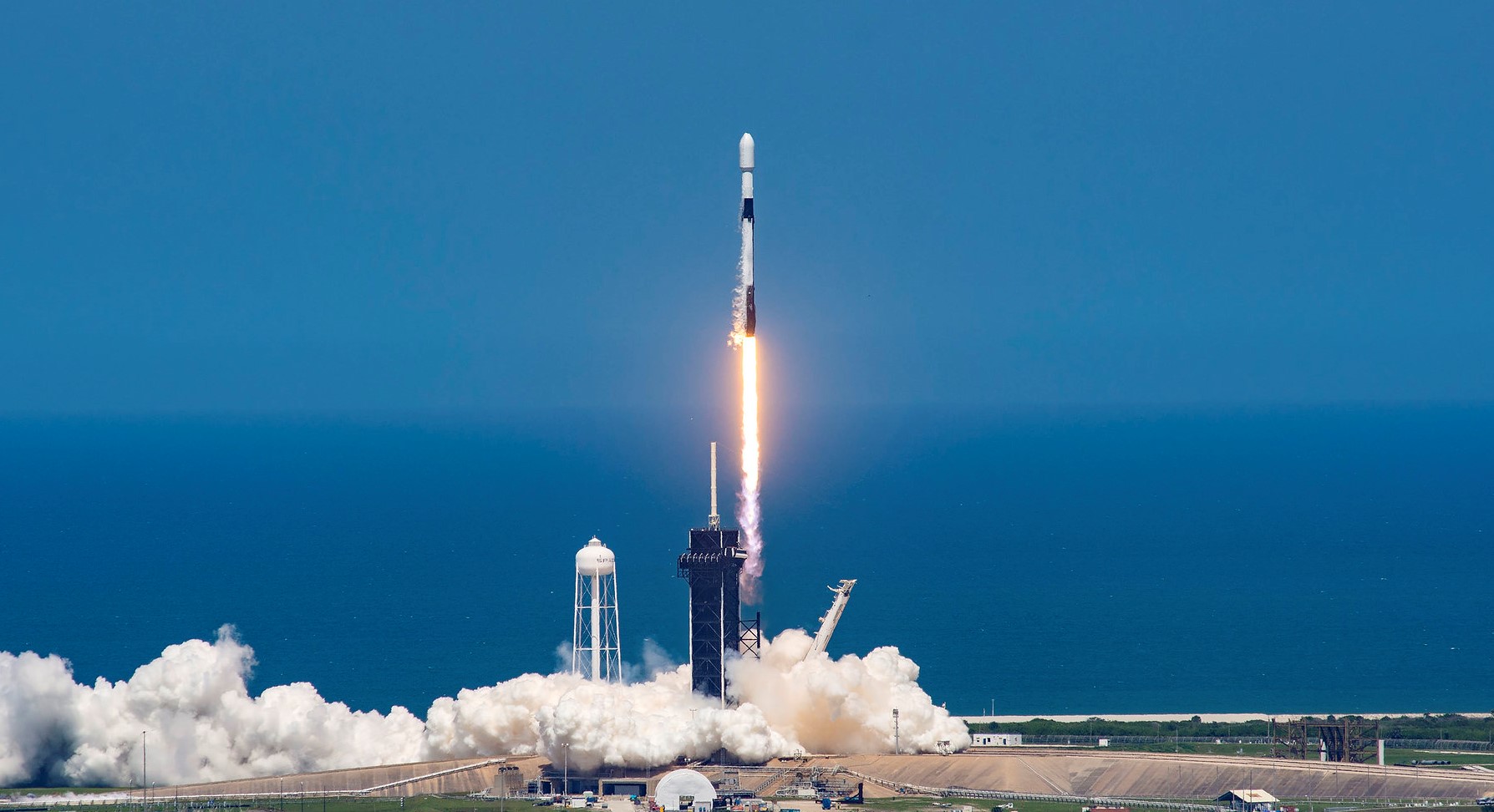
Falcon 9 - B1046
Details
Status - Expended
Stage Expended
Falcon 9 Block 5 | Dragon In-Flight Abort Test
SpaceX | United States of AmericaKennedy Space Center, FL, USA
Jan. 19, 2020, 3:30 p.m.
Status: Launch Successful
Mission:
When the Falcon 9 Block 5 rocket reaches Max-Q (maximum dynamic forces), the launch abort system of the Crew Dragon spacecraft will be triggered. This will fire up its SuperDraco engines and propel the spacecraft and its theoretical passengers away from the launch vehicle before landing back safely in the Atlantic Ocean. The goal of this test is to demonstrate the capacity of the spacecraft to ensure a safe return to the ground for the astronauts in the event of a launch vehicle failure. The booster for this launch will be B1046, a thrice-flown core which was the first of the Block 5 generation. It will not attempt to land and is expected to be destroyed by the SuperDracos and aerodynamic loads.
Suborbital B1046 - Flight Proven ( ) Atlantic OceanFalcon 9 Block 5 | Spaceflight SSO-A
SpaceX | United States of AmericaVandenberg SFB, CA, USA
Dec. 3, 2018, 6:34 p.m.
Status: Launch Successful
Mission:
Dedicated rideshare launching payloads into sun-synchronous orbit. Payloads include ORS-6, EU:CROPIS, STPSat-5, BlackSky Global-1 to -4, HawkEye Pathfinder 1-3, Iceye, NEXTSat-1, 2 SkySats, Centauri II, and a Flock of Doves.
Sun-Synchronous Orbit B1046 - Flight Proven ( ) Just Read the InstructionsFalcon 9 Block 5 | Merah Putih (Telkom-4)
SpaceX | United States of AmericaCape Canaveral SFS, FL, USA
Aug. 7, 2018, 5:18 a.m.
Falcon 9 Block 5 | Bangabandhu-1
SpaceX | United States of AmericaKennedy Space Center, FL, USA
May 11, 2018, 8:14 p.m.
Status: Launch Successful
Mission:
The Bangabandhu 1 (BD-1) satellite, the first geostationary communications satellite of Bangladesh. Satellite is to be located at 119.1° East longitude slot in geostationary orbit, where it will provide service to Bangladesh and neighbouring countries. Satellite is build by Thales Aleinia Space. It is based on Spacebus 4000B2 platform, weighs 3500 kg and is fitted with Ku-Band and C-Band transponders. The major applications of the spacecraft include DTH, very small aperture terminal communications, backhaul and trunking, network restoration, and disaster preparedness and relief.
Geostationary Transfer Orbit B1046 - Maiden Flight Of Course I Still Love YouSoyuz 2.1a
Obzor-R No.1
43/4 (43R) - Plesetsk Cosmodrome, Russian FederationNote: Assignment of payloads to this launch is uncertain. The Russian Obzor-R satellite is a planned X-band radar earth observation satellite desi…
LVM-3 (GSLV Mk III)
BlueBird Block 2 #1
Satish Dhawan Space Centre Second Launch Pad - Satish Dhawan Space Centre, IndiaAST SpaceMobile’s Block 2 BlueBird satellites are designed to deliver up to 10 times the bandwidth capacity of the BlueBird Block 1 satellites, requi…
Long March 12A
Demo Flight
Long March 12A Pad - Jiuquan Satellite Launch Center, People's Republic of ChinaFirst test launch of CASC/SAST’s Long March 12A rocket, with a dummy payload. The rocket’s 1st stage attempted to land on a landing pad about 300 km …
HANBIT-Nano
Spaceward
HANBIT Pad - Alcântara Space Center, Federative Republic of BrazilMaiden orbital launch attempt for the South Korean start-up Innospace and its HANBIT-Nano small launch vehicle. Onboard this flight are five small sa…
H3-22
Michibiki 5 (QZS-5)
Yoshinobu Launch Complex LP-2 - Tanegashima Space Center, JapanQZSS (Quasi Zenith Satellite System) is a Japanese satellite navigation system operating from inclined, elliptical geosynchronous orbits to achieve o…


